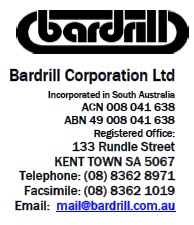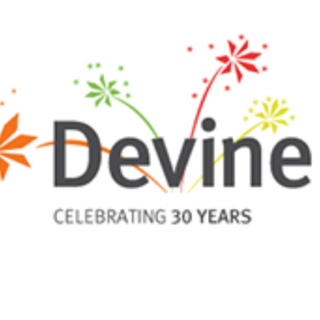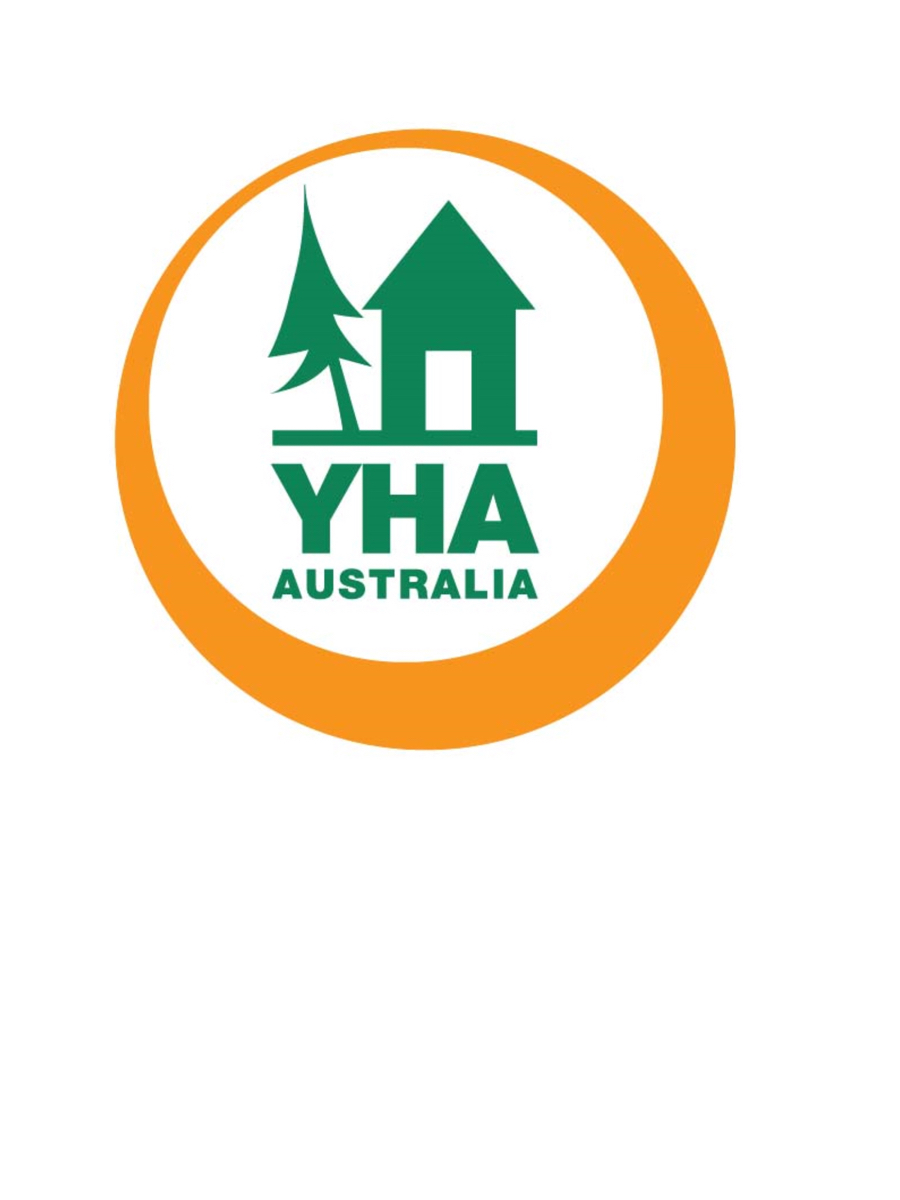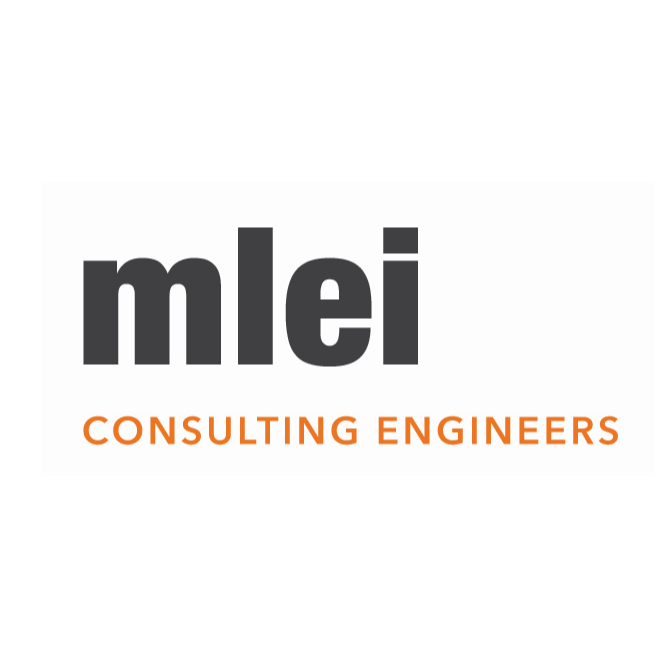Information
-
Project name
-
Conducted on
Inspection Details
-
Facility
-
Work Location
-
Work Party Names
-
Work Details
-
Inspector/s
Inspector
-
Inspector
Start the inspection by having a safety conversation with a worker:
-
What is the most significant safety risk in the task they are doing?
-
What controls have been implemented to control the risk(s)?
Item and Descrption
1. Safe Work Method Statements (SWMS)/Job Hazard Analysis (JHA) and Stepback
-
All work party members attended toolbox or other daily job start meeting
-
SWMS/JHA is completed for all work tasks (where appropriate)
-
All relevant job steps and hazards included on SWMS/JHA
-
All hazards identified in SWMS/JHA are adequately controlled
-
Individual work party members have performed Stepback on their work task
2. Work Permits
-
Correct permit is used for work tasks
-
Work permit has been signed by all work party members
-
Work party has complied with all work permit conditons
3. Emergency Preparedness
-
Emergency procedures are kown and understood (talk to workers)
-
Emergency phone numbers and radio protocol are known and up to date
-
Eye wash and safety shower are available, well signed and location known
-
Appropriate fire extinguishers are tagged, within test date and accessible
-
Fire alarms are understood and alarm shutdown locations known and accessible
-
Exits are well signed, not obstructed, and gates operational
-
Spill response kits are easily identified, located in appropriate spots and contain all appropriate equipment
4. General Housekeeping
-
Work area is free of weeds
-
Work areas, pathways and stairs are clear and free of clutter
-
Appropriate signage is visible and in good condition
-
Potential slip, trip and fall hazards are identified and controlled
-
Information tags (e.g. danger and out of service) are filled out correctly
-
Drains are clean (e.g. no hydrocarbon staining) and free of debris
-
Bunds are free of storm water or liquids
5. Hazardous Materials
-
Hazardous substances are stored and labled correctly
-
SDS are readily available for hazardous substances and hazards are understood
-
Drums are placed in appropriately bunded areas, away from drains, and are on spill containment trays
-
Dangerous goods cabinets are in good condition and well signed
6. Personal Protective Equipment (PPE)
-
Correct eye protection is worn
-
Hearing protection is worn where appropriate
-
Safety helmets are worn with no hat under helmet (helmet brims are acceptable)
-
Hand protection is worn where appropriate, with correct gloves for the conditions and task
-
Appropriate safety footwear and protective clothig is worn, with no loose items
7. Tools and Equipment
-
Tools and equipment (e.g. knives, hammers, spanners) are in good condition and fit for purpose
-
Earth leakage protection devices are used with all electrical tools and equipment
-
Electrical cables are free from cuts and abrasions
-
Safety barriers are in place around reciprocating/rotating equipment
-
Gaurds are in place and in good condition on all rotating equipment
-
Moving objects have been identified and controlled appropriately
-
Pinch points have been identified and controlled appropriately
8. Manual Tasks
-
Manual task hazards have been identified and controlled
-
Lifting equipment available for heavy objects
-
Stiff valves/other tasks where exerted force is required have been identified and controlled
9. Signage
-
Correct signage on site and adequate numbers
10. Vehicles/Machines
-
Vehicle Pre-Start Inspection records completed
-
Vehicle License requirements in place
11. General Environmental Hazards
-
No evidence of gas, oil or chemical leaks
-
No contaminated soil present
-
No evidence of unauthorized land disturbance (e.g. off-road driving)
-
No evidence of erosion - e.g. around foundations
12. Waste Management
-
Adequate provision of bins and waste containers around the site
-
Is waste segregation being conducted
-
Bins and waste containers in good condition, with correctly fitt5ed lids
13. Additional observations
-
Observations
Observation
-
Observation
-
Observation Status
To be completed by the Assessor/Assessment Team
-
Were any HAZARDS identified? (If YES: Attach copies of the relevant information, raise BIMS (if appropriate) and record references in the summary below)
-
Were any other actions identified? (If Yes: Attach copies of relevant information, and record in the summary below)
Action Summary (to be completed by Supervisor accepting inspection)
-
Action items:
Action Item
-
Action required:
-
Assigned to:
-
Due date:
-
Initial:
-
Completed:











